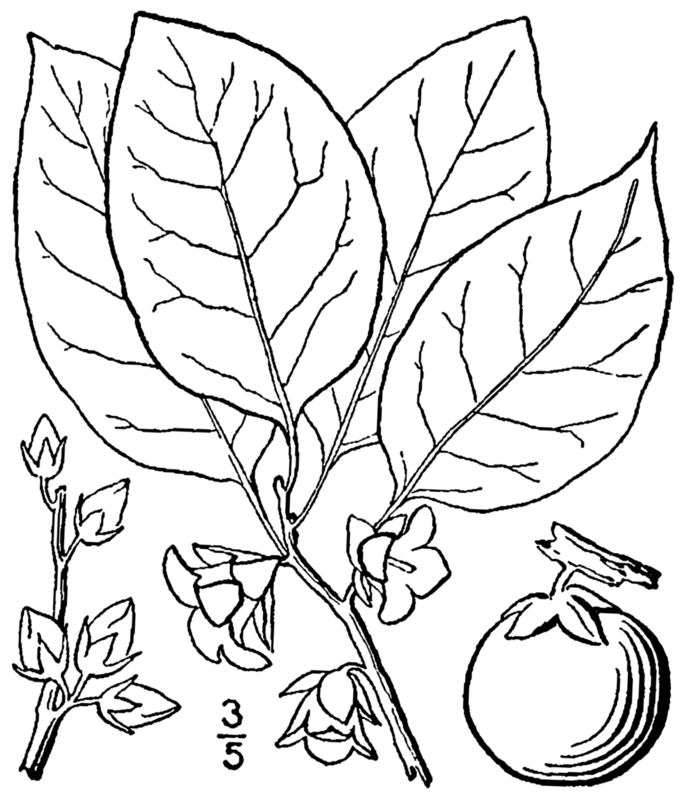Description
This plant is part of the citrus and rue family, Rutaceae. It blooms from April to May, with tiny yellow-green flowers in clusters. The tree is dioecious, meaning there are male and female plants. The male flowers can be eaten, while the female flowers turn into small berries or peppercorns that ripen and burst in the fall, scattering black seeds.
The branches have sharp thorns and odd-pinnately compound leaves arranged alternately. These leaves have 5 to 9 pairs of oval leaflets with slightly serrated edges.
It’s a favorite hangout for the Japanese swallowtail butterfly. Chemical analysis shows that the seeds have high concentrations of certain compounds, including bufotenin. In Japan, it’s mainly found in Wakayama Prefecture, and there’s a special variety known as budō sanshō, which produces large grape-like fruits.
The wood from this tree is used to make traditional gnarled pestles. The plant is also known as Sansho, Japanese Pepper tree, or Japanese prickly ash. Its leaves, roots, and bark contain pungent oils, and the seed casings are roasted and ground to make Japanese pepper. The leaves are called Kinome when fresh and Sansho when dried. All parts of this plant add a lemony flavor, and if you’ve felt a tingling in your mouth during an Asian meal, it might be because of some form of pepper tree in the food.
Beyond being flavorful, this plant has medicinal uses. The roots are stimulant, and the leaves have a fresh citrus scent. There’s an American version found in the Southeast called Zanthoxylum americanum, nicknamed the ‘toothache tree’ because locals chew its branches for toothaches.
For those who want to grow it, keep in mind that you need both male and female trees to get the pepper berries. The leaves are beautiful, turning yellow in the fall. The plant can reach about 15 feet in warmer areas, less in colder regions. It prefers slightly acidic to alkaline soil, full sun to dappled shade, and well-draining soil. Be gentle when transplanting, as the roots don’t like to be disturbed.

